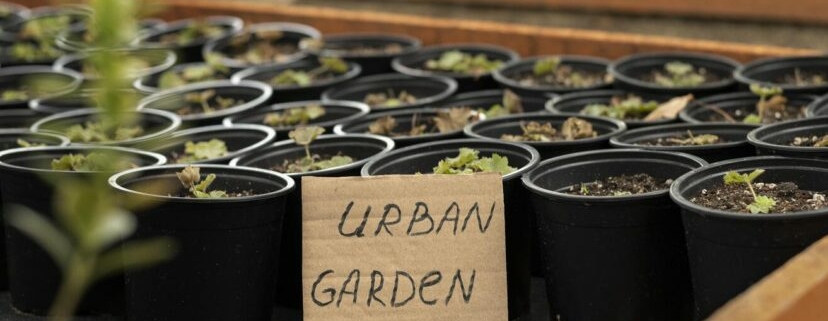No Till Gardening: Cultivating a Thriving Garden with Minimal Disturbance
As an avid gardener, I have discovered a revolutionary approach called “No Till Gardening” that has transformed my gardening experience. In this article, I will delve into what No Till Gardening entails, who can practice it, when to start, and provide valuable suggestions to help you get started on your own journey. So, let’s dig in!
What is No Till Gardening?
Also known as no-dig or no-digging gardening, No Till (NT) Gardening is an organic method that emphasizes minimal disturbance to the soil ecosystem. Unlike traditional practices that involve tilling and turning the soil, NT Gardening aims to preserve the natural structure and fertility of the soil by avoiding mechanical interventions.
Benefits of NT Gardening
There are numerous benefits for both the gardener and the environment. By preserving the soil structure, it promotes healthier root development, improves soil fertility, and enhances water retention. Additionally, it reduces weed growth, minimizes erosion, and contributes to long-term sustainability.
Who Can Practice NT Gardening?
NT Gardening is suitable for gardeners of all experience levels, from beginners to seasoned enthusiasts. Whether you have a small backyard or a larger plot, anyone can adopt this method to create a thriving garden space.
When to Start NT Gardening?
The best time to start is during the early spring or fall when the soil is not frozen or waterlogged. However, you can implement this method at any time with some adjustments based on the season.
Tips for Getting Started with No Till Gardening
1 Selecting the Right Garden Bed
Choose a suitable location for your garden bed, ensuring it receives adequate sunlight. Raised beds or containers work well as they offer better control over soil quality and prevent compaction.
2 Preparing the Soil
Before starting, remove any existing vegetation and cover the soil with a thick layer of compost or organic matter. This helps improve soil structure and provides nutrients for the plants.
3 Choosing the Right Plants
Select plants that are well-suited for NT Gardening, such as perennial vegetables, herbs, and flowers. These plants adapt well to undisturbed soil environments and require less maintenance.
4 Mulching Techniques
Use organic mulch, such as straw, wood chips, or leaves, to cover the soil surface. Mulching helps suppress weeds, retain moisture, and regulate soil temperature.
5 Watering and Irrigation
Practice efficient watering techniques, such as drip irrigation or soaker hoses, to ensure that water reaches the roots without excessive evaporation.

